PREVIEW: Annalina Fotopoulou-Lament
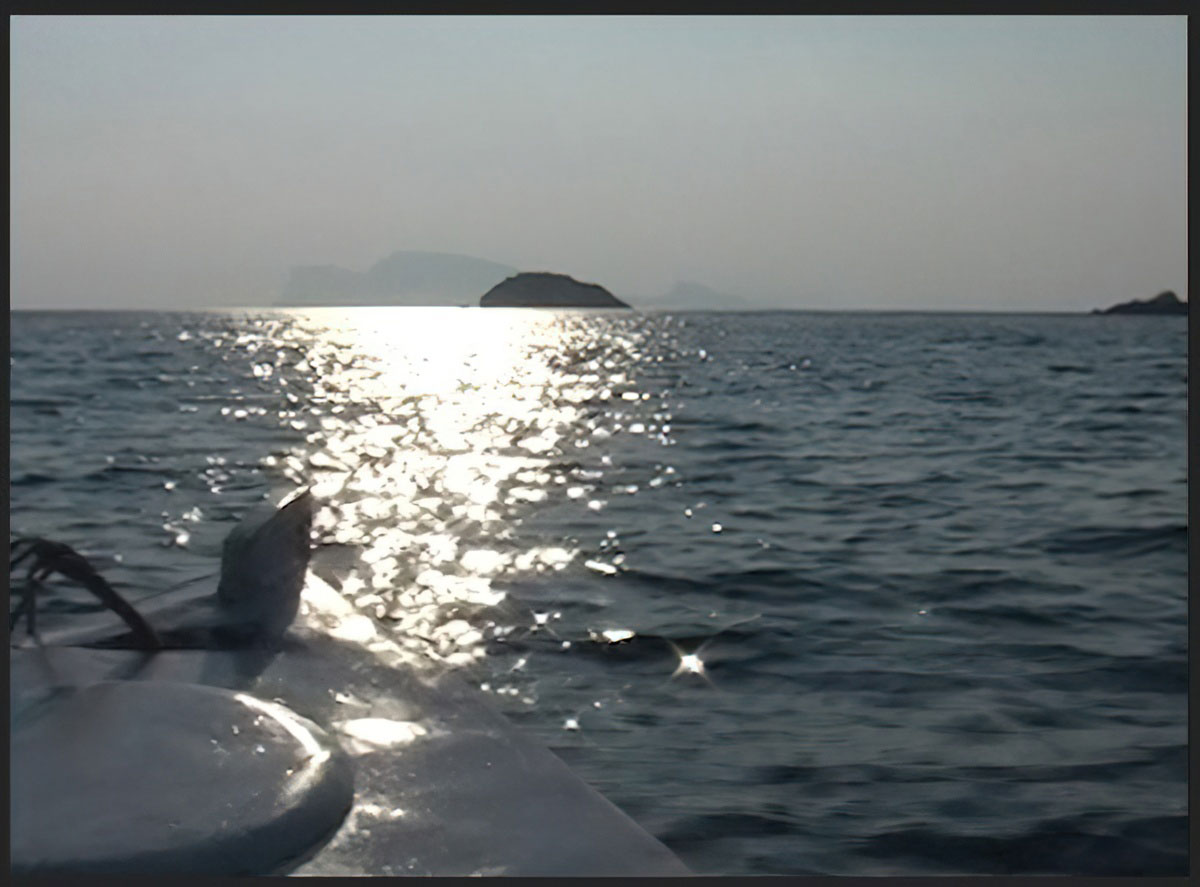 Annalina Fotopoulou left her studies at Athens University of Economics and business, to follow her hart, to study Art and on 2010 returned to Hydra Island, her birth place. During the quarantine of the Covid-19 era in 2020, searching to find ways to enrich the daily lives of children she created a small art workshop. today she is the director of the art workshop of the municipality Hydra.
Annalina Fotopoulou left her studies at Athens University of Economics and business, to follow her hart, to study Art and on 2010 returned to Hydra Island, her birth place. During the quarantine of the Covid-19 era in 2020, searching to find ways to enrich the daily lives of children she created a small art workshop. today she is the director of the art workshop of the municipality Hydra.
By Dimitris Lempesis
Photo: Annalina Fotopoulou’s Archive
For “Lament”, her first solo exhibition Annalina Fotopoulou presents 20 paintings with oil and ink, an installation and a video. Beginning from emotions of pain, grief and sorrow, the artist didn’t express with words, though on canvas like a cinematic timeline. The intense colors contrasting the pain of emotion, she creates pictures familiar and realistic on a canvas that vibrates with strength and life. as the artist says “The mourning, the cry, the song that expresses extreme pain (Lament). Τhe agony transforming to a song, a cry that is an acceptance of destiny and the inevitable. The voice, the sound that never came out, the holy woman’s duty, that was never delivered. Death overwhelms us, motivates us, locks and unlocks memory and emotion and finally clears the soul and life experiences. Memory is an eternal black with sparks of light, shapes, senses and music that comes around, smells that come back from the depth of time, touches that we try to recreate and re enjoy. What is left after mourning, is the idealized forms of people who are no longer among us, but always escort us through our passage, live through us, see through our eyes, taste through our mouths, and talk through our thoughts”. Laments have an ancient origin and have been continuously present from antiquity to the present day. In Ancient Greece, they make their appearance as early as the time of Homer. In the Iliad, there are three laments in the epic poems, where in the first one, Achilles mourns for Patroclus, while in the second and third, Andromache and Hecuba mourn for Hector. They constitute a kind of magical and exorcistic ritual, based on the deeply rooted belief that the dead can be summoned back. The possibility of the return of the dead is expressed both in Aeschylus’ Persians, where the shade of Darius appears after an invocation by the chorus of elders, and in the more recent folk tradition with the “Ballad of the dead brother”, a song common in the Balkans. Laments are always performed by women. Already from the Byzantine era, women would sit around the deceased and sing mournful songs while simultaneously expressing their grief through actions such as pulling their hair, beating their chests, scratching themselves, and more. This ritual has remained almost unchanged until today and, together with the all-night vigil, constitutes the main element of the final farewell to the dead. Their content depends on the gender and age of the deceased, as well as the position of the lamenting woman within the family (daughter, spouse, mother, etc.). There are several variations. Invocations for the return of the dead, praises for their virtues, gloomy descriptions of Hades and the Underworld, the despair and lack of protection of the widow or orphans, and the grief of relatives and friends are some of the most common themes found in them. Laments preserve and express the ancient, rather than the Christian, perception of death, and for that reason, they were fought against by the official Church, but without success. The progressive disappearance of laments is mostly due to the formation of new social conditions and the disintegration of the structure of social and economic units that characterized the Greek region until the late 19th and early 20th centuries.
Photo: Annalina Fotopoulou, Farewell (video still), 2007, © & Courtesy the artist
Info: Melina Mercouri Exhibition Hall, Hydra Island, Greece, Duration: 18-24/6/23, Days & Hours: 11:00-13:00 & 19:00-21:30


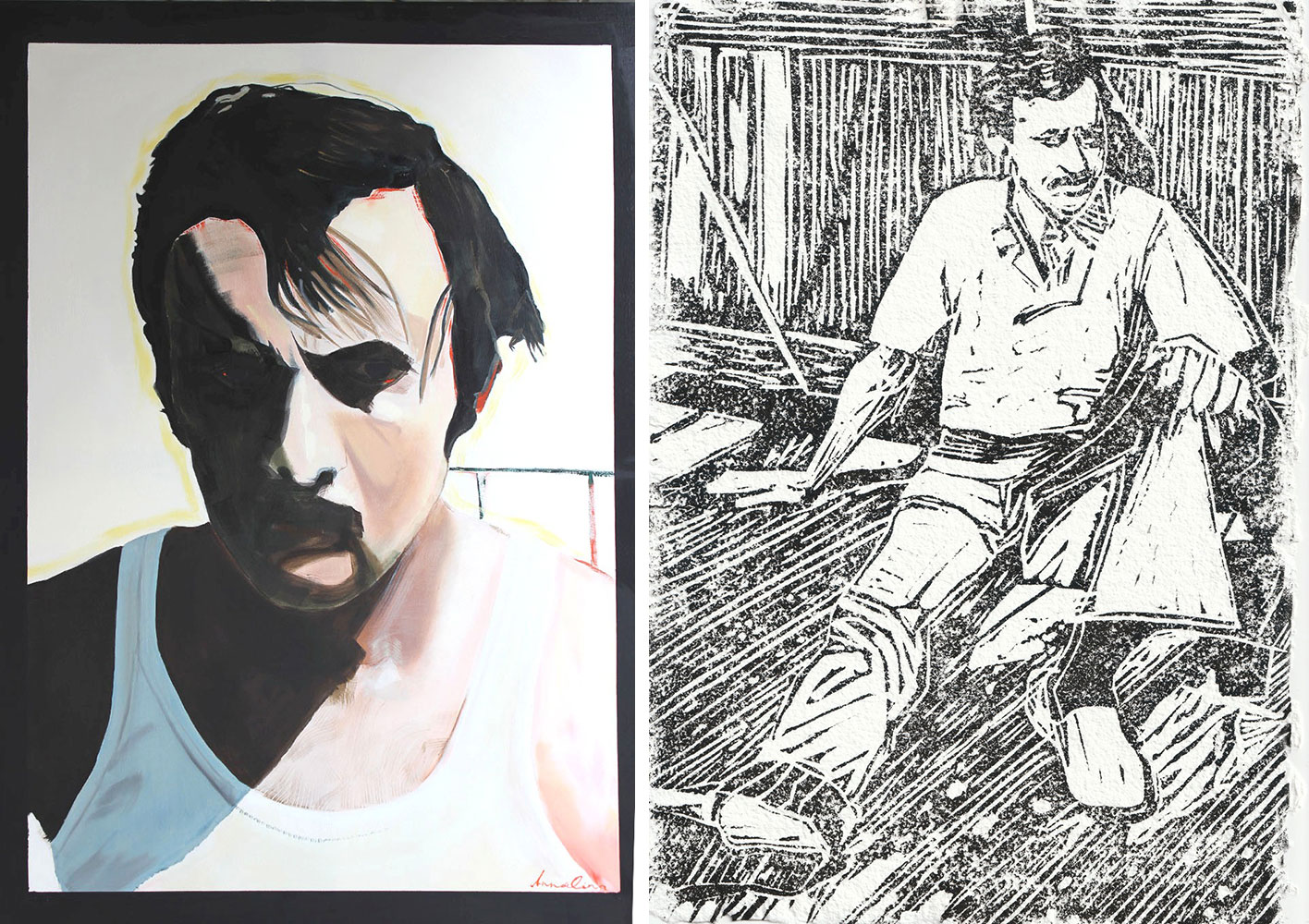
Right: Annalina Fotopoulou, On the deck, 2022, Linoleum engraving, hand printing on handmade paper, © & Courtesy the artist
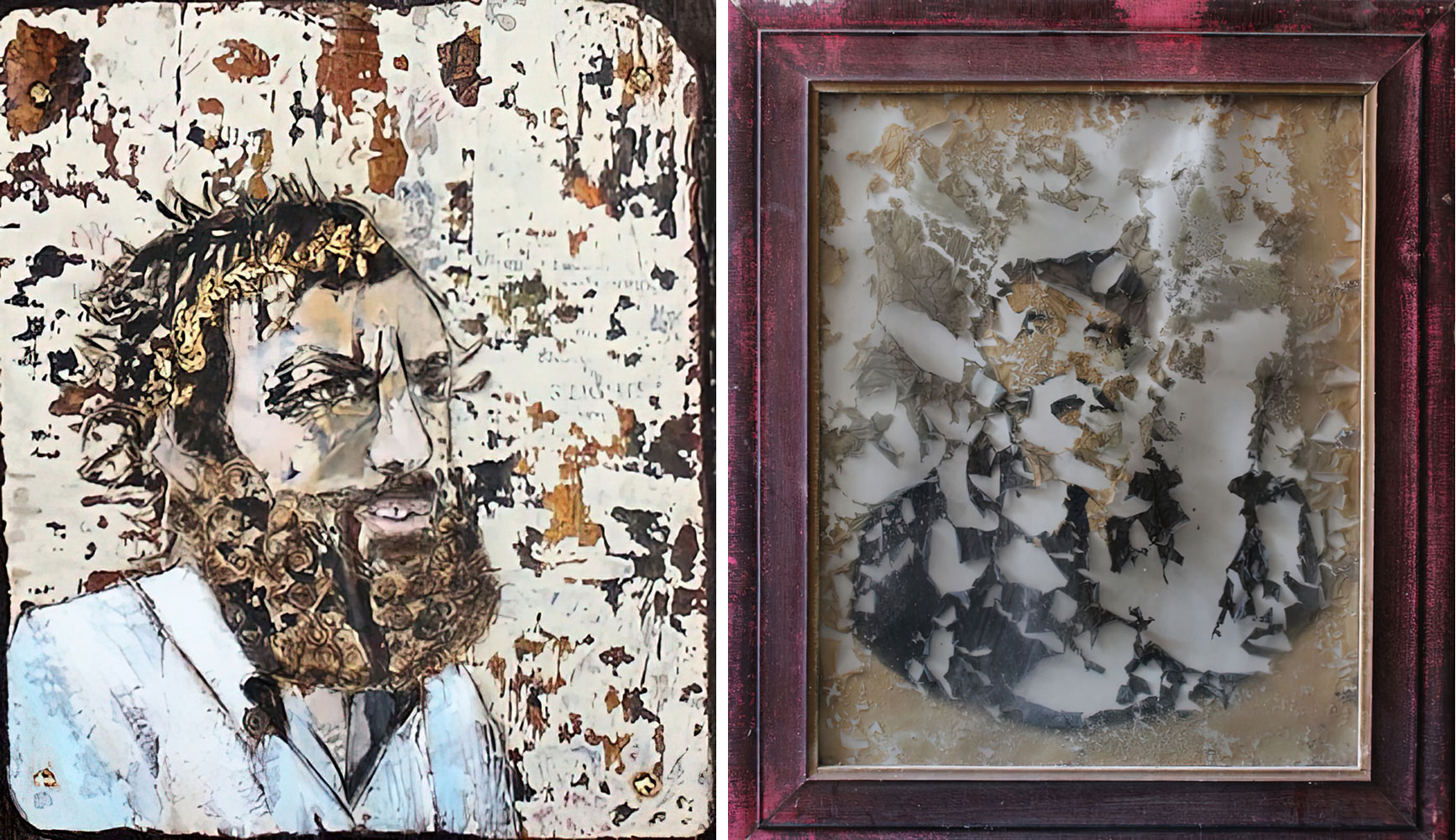
Right: Annalina Fotopoulou, Oblivion, 2023, Ruined photografic portrait, 76 X 64 cm, © & Courtesy the artist
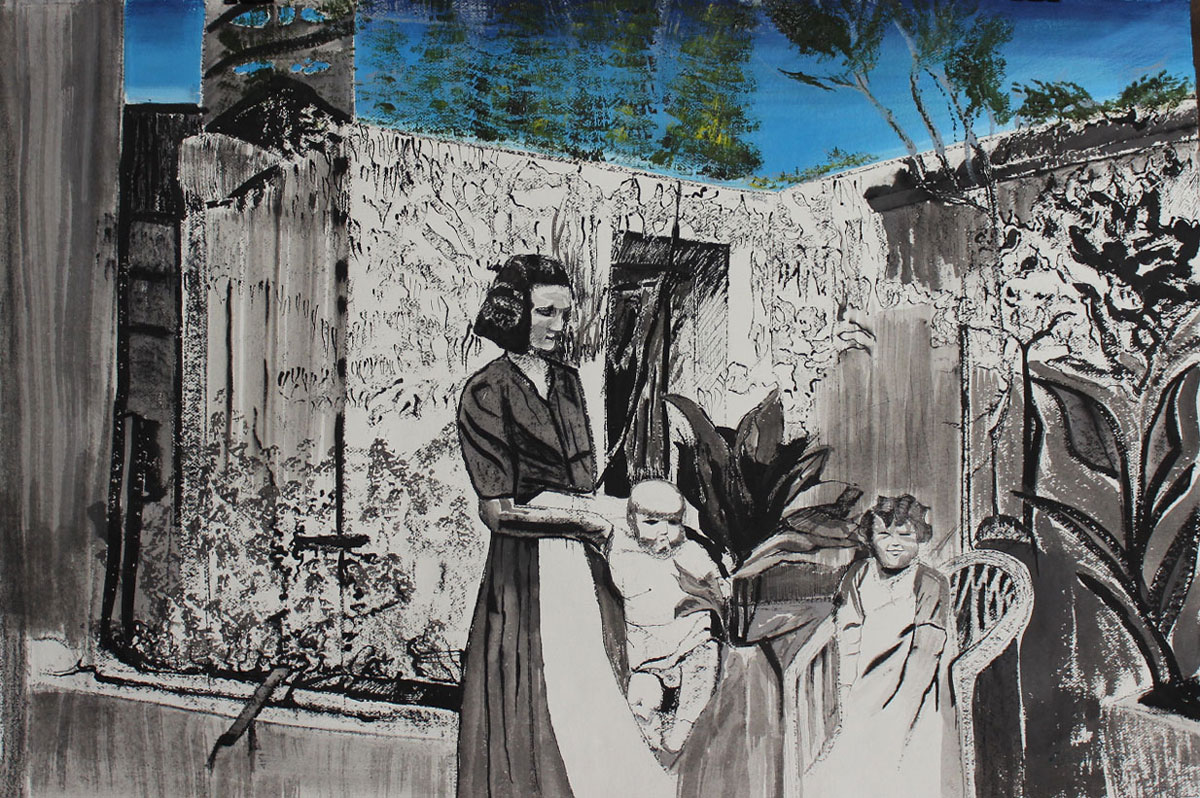
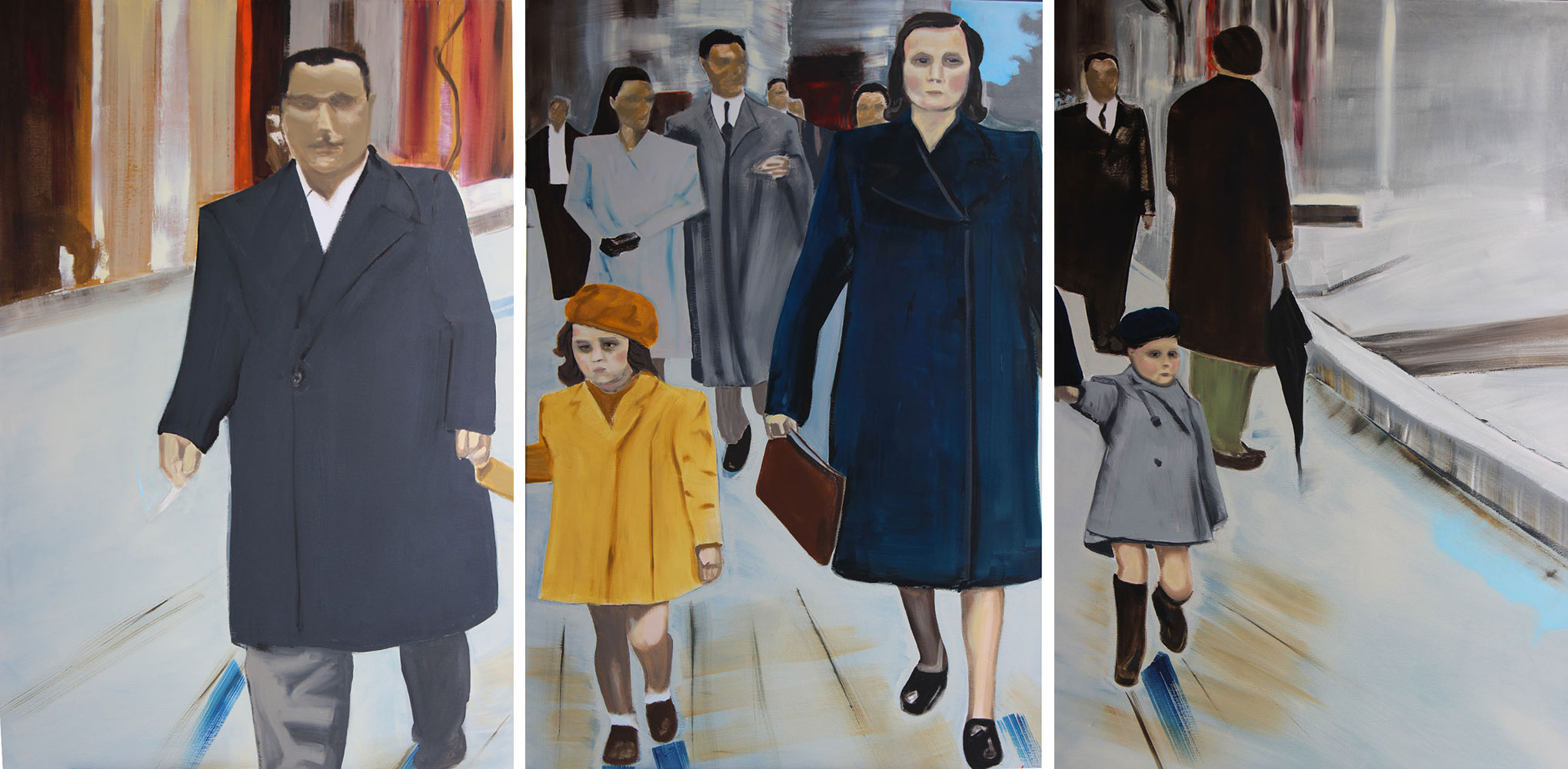

Center: Annalina Fotopoulou, Periptero, 2022-23, China, ink & oil on handmade round paper, ø 56 cm, © & Courtesy the artist
Right: Annalina Fotopoulou, Kiafa, 2023, Oil on old window shade, © & Courtesy the artist
